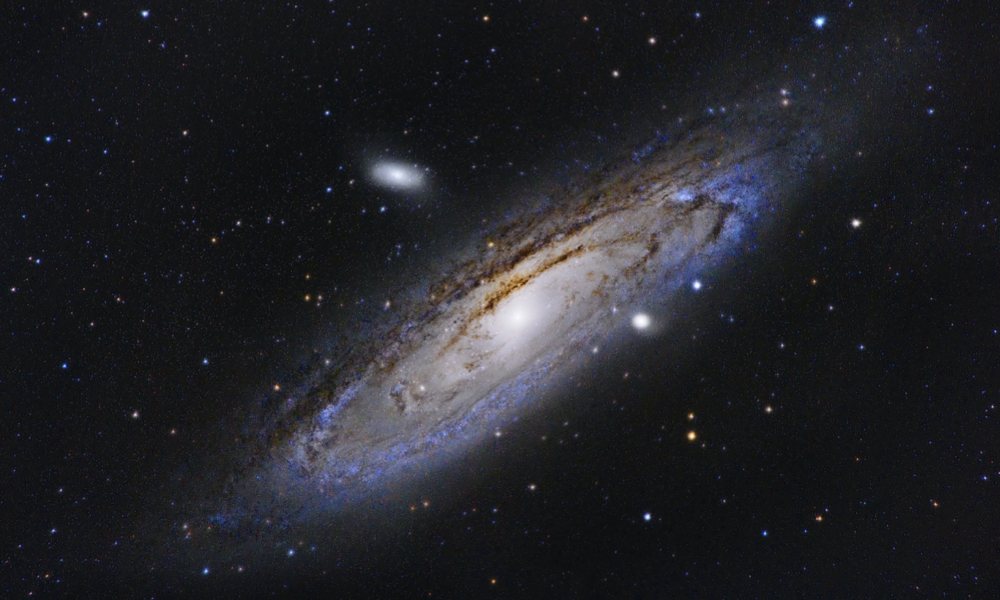
ESA Open Invitation to Tender AO9756
Open Date: 29/07/2019
Closing Date: 04/11/2019 13:00:00
Status: ISSUED
Reference Nr.: 19.1TT.33
Prog. Ref.: CC for Advanced Tech
Budget Ref.: E/0505-01C – CC for Advanced Tech
Special Prov.: BE+DK+FR+DE+IT+NL+ES+SE+CH+GB+IE+AT+NO+FI+PT+GR+LU+CZ+RO+CA+HU
Tender Type: C
Price Range: > 500 KEURO
Products: Non Space Procurement/Services
Technology Domains: Others
Establishment: ESTEC
Directorate: Directorate Telecom & Integrated Applica
Department: Telecom Technologies,Product&Systems Dep
Division: Technologies and Products Division
Contract Officer: Glandieres, Florence Odette Jeanne
Industrial Policy Measure: N/A – Not apply
Last Update Date: 29/07/2019
Update Reason: Tender issue
Antenna reflectors are key products for telecommunication payloads. The manufacturing time and complexity of reflectors are known to be driven bythe need of a temperature-stable or temperature-compensated mould. The conventional approach for reflector manufacturing is to cure the compositesandwich in an autoclave in order to meet the stringent surface accuracy requirements dictated by the frequency of operation. Out-of-autoclavecomposite manufacturing is an industry standard in the aviation, automotive, marine and leisure sectors. Spin-in of this technology for space applicationis on-going for fuel tanks, launcher fairings and structural elements,leading to a significant reduction of the manufacturing time. This manufacturingmethod is also a viable candidate for reflectors and a potential time and complexity saving of 40% is expected.In this activity, a method for manufacturing antenna reflectors without using an autoclave will be developed and validated. The suitability of thistechnology for manufacturing shaped reflectors shall also be addressed. The reflector materials and the curing methods shall be traded off with respect tocriteria such as the obtainable surface accuracy and the complexity of manufacturing technologies. Critical breadboarding shall cover material selectionand validation with respect to ultra-violet exposure, curing condition (infrared) and accuracy/stability. The selected materials and manufacturingtechnologies shall be used in the manufacturing of a Ka-band reflector breadboard. The breadboard shall be subjected to a testcampaign that shallinclude, as a minimum, surface profile measurement, thermal cycling and thermo-elastic distortion measurement. The potential to reduce the reflectormanufacturing time shall be assessed on the basis of the results and lessons learnt.
